The Honda HR-V e:HEV is a compact SUV that uses an intriguing hybrid powertrain to drive its front wheels. Unlike many new part-electrified vehicles, its battery pack cannot be recharged via external means, while its two electric motors can operate with pure EV power; it’s neither a plug-in hybrid (PHEV) nor a mild-hybrid (MHEV), rather something that sits in-between.
Given its unique configuration, can the Honda HR-V e:HEV provide bettered efficiency and performance over rival offerings?
If you’d prefer to watch a review of the Honda HR-V, head on over to our YouTube channel.
Honda HR-V price & competition
The first alluring factor is its asking price. Available in three trims: Elegance (£28,835), Advance (£31,155) and Advance Style (£33,835), the new HR-V is aggressively priced. Similarly, all trim levels are feature-packed – a detailed breakdown can be found below (click to expand):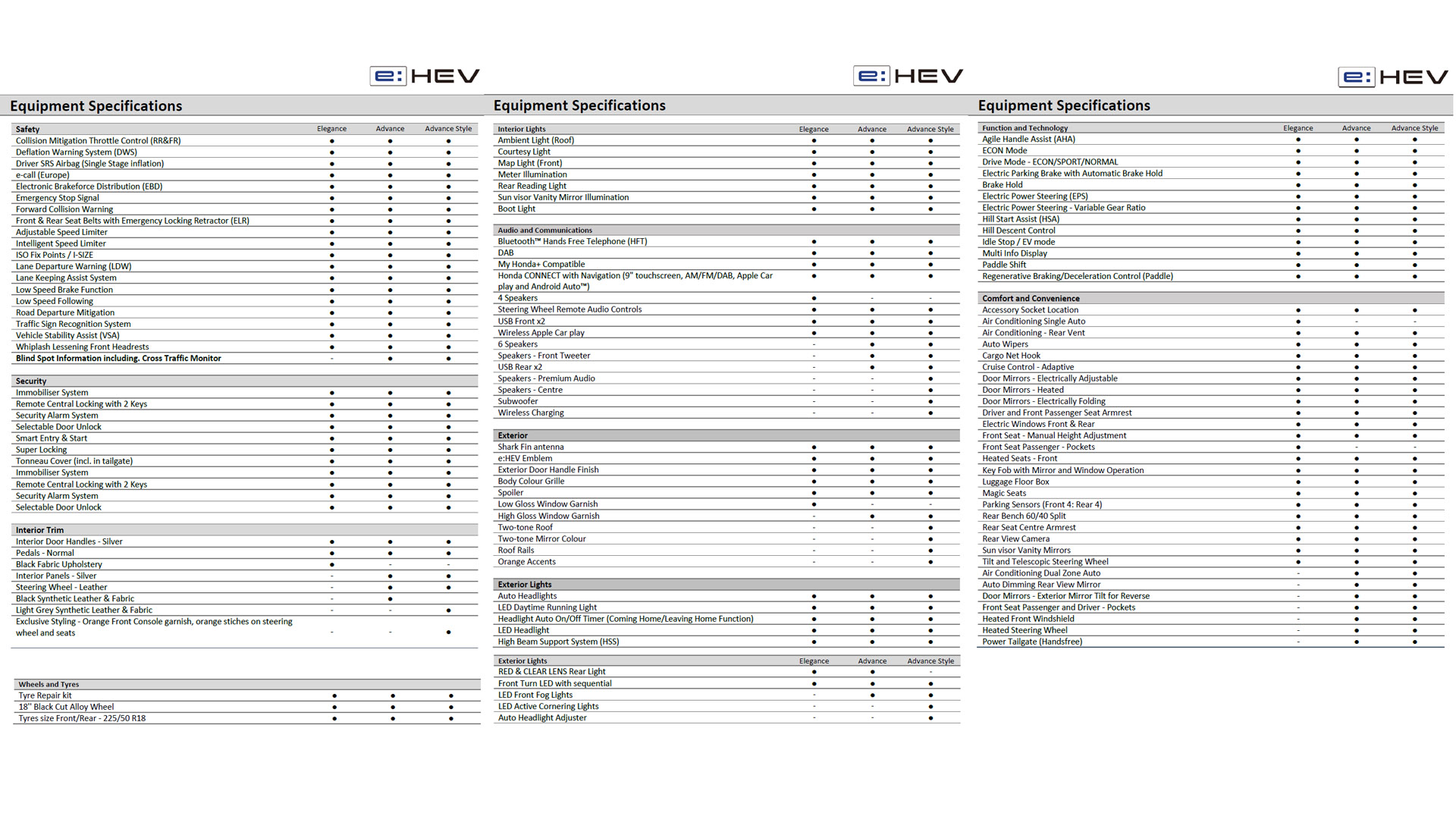
Find the best Honda HR-V deals
When it comes to its rivals, its direct competitor is the Nissan Qashqai e-Power, which at the time of writing, has yet to have its price revealed. Elsewhere, there are numerous PHEVs to consider: MG HS Plug-in Hybrid from £31,095; Citroen C5 Aircross Hybrid from £35,080; Vauxhall Grandland X Hybrid from £35,570; Ford Kuga PHEV from £37,255; Cupra Formentor e-Hybrid from £37,770; Peugeot 3008 Hybrid from £37,980; Audi Q3 TFSIe from £39,385; DS 7 Crossback E-Tense 4×4 from £43,050; BMW X2 xDrive 25e from £43,295; Kia Sorento Plug-in Hybrid from £46,445; BMW X3 xDrive30e from £52,135; Audi Q5 TFSIe from £52,965.
Buy a car phone mount on Amazon (Affiliate)
Aside from part-electrified vehicles, you might also want to consider pure electric SUVs: the Kia Soul EV, e-Niro ‘2 64’ and the Hyundai Kona Electric Premium 64 kWh, the Skoda Enyaq iV 60 and Volkswagen ID.4 all come in at around £35,050. Then, you’ve got the Mazda MX-30 SE-L Lux from £26,650, the MG ZS EV from £27,745; the Vauxhall Mokka-e from £30,435, the Citroen e-C4 from £29,995, the Peugeot e-2008 from £33,700, and the MG5 EV, an all-electric estate, that starts from £28,195.
Read next: Citroen C5 Aircross Hybrid review: A comfy and roomy PHEV
Honda HR-V exterior review
From the exterior, the new Honda HR-V is a stylish addition to the electrified market. The front has a bullish design due to its grille and headlights, its side profile is sporty thanks to the standard inclusion of 18″ alloys and the rear of the vehicle has a snazzy look with its taillights that stretch across the entire width of the boot.
You might also notice that the door handles differ from the front and rear of the cabin. A traditional design is used for the former, while the latter opts for a latch that’s located within the plastic trim that resides by the rear windows. Despite the unorthodox arrangement, all four doors are easy to operate.
Elsewhere, roof rails are fitted as standard in the Advance Style trim, which we have on review. This allows for up to 50kg of weight to be transported on the HR-V’s roof. On that note, the roof is finished with a glossy plastic panel; this gives the allusion that there is a sunroof, but alas that’s not the case – be it as standard or as an option.
Read next: Cupra Formentor e-Hybrid review: Better than BMW X2?
Honda HR-V interior review
The inclusion of a sunroof would have been appreciated, especially in the Elegance and Advance trims that opt for an all-black interior, however, the light grey synthetic leather within the Advance Style draws in some additional light and brightens up the cabin.
No matter which trim level you choose, Honda provides a stylish and very practical interior design. There are physical buttons and knobs to control the cabin’s climate, intuitively laid out physical buttons on the steering wheel with flappy paddles to flick through the regenerative braking levels, and the front air vents even give you the ability to diffuse air in both an omnidirectional and unidirectional sense. Simple, clever and intuitive.
Read next: Our favourite power banks for long journeys
What’s surprising, however, is that the Japanese automaker has used a part-digital instrument cluster. This means it cannot be fully customised. Despite its design, the digitalized area does provide turn-based navigation data from the built-in sat-nav, and better still, via Android Auto and Apple CarPlay, too. Indeed both third-party operating systems are supported, with the latter system also working over a wireless connection.
The 9″ centre-weighted display provides a means of displaying your route, where the interface itself is very responsive and intuitively laid out. The addition of physical buttons next to the display also makes it easy to adjust settings on the fly. Our only complaint is that it’s not angled towards the driver.
Elsewhere, the new Honda HR-V has a four, six or ten-speaker audio configuration. The number of speakers depends on the trim level. If you’d like to hear how the 10-speaker system performs, watch our detailed review on YouTube.
Honda HR-V storage review
To link up to the infotainment system over a wired connection, there’s a USB Type-A port found below the climate controls. The other Type-A port provides power only, while the 12V socket further below can be handy if you use a dash cam. Within the Advance trims, two further Type-A charging ports can be found at the rear of the centre console, while in the Advance Style there’s also a non-slip wireless charging bay found near the gear selector.
As for storage at the front of the cabin, by the centre console, there are two cupholders and a small compartment under the armrest. There’s also a medium-sized glove box and large door bins, which will easily accommodate a 500ml bottle and a few valuables.
The rear is a lot more limited, with a tiny area at the rear of the centre console and small compartments within each of the rear doors. The rear cup holders are concealed within the armrest, which can be brought down when there’s no middle occupant. Surprisingly, there’s no mechanism to hold the armrest in place, which means it simply flops down; given the angle of the seats, you’ll also have to be wary of full-to-the-brim coffee cups, as the cup holders sit at a slight angle.
Buy a car phone mount on Amazon (Affiliate)
When it comes to its boot, there’s up to 320 litres with the seats up and 1,290 litres with them propped down; it should suffice for your weekly shops but won’t offer the large cargo capacity as its electric-powered rivals. Here, you’ll also find a handy underfloor compartment, 60:40 split-folding rear seats, and a flat loading bay. The tailgate is electronically-operated on all trim levels, but hands-free operation is only available in the Advance trims.
Here’s how its boot capacity compares to a few of its rivals: the Skoda Enyaq iV (585/1,710 litres); VW ID.4 (543/1,575 litres); Citroen C5 Aircross Hybrid (460/1,510 litres); Kia e-Niro (451/1,405 litres); MG ZS EV (448/1,166 litres); Peugeot e-2008 (434/1,467 litres); Cupra Formentor e-Hybrid (345/1,475 litres); Kia Soul EV (315/1,339 litres); BMW X2 xDrive 25e (410/1,290 litres); Citroen e-C4 (380/1,250 litres); Mazda MX-30 (341/1,146 litres); Hyundai Kona Electric (332/1,114 litres). As for the MG5 EV estate, it offers 464 and 1,456 litres, respectively.
Now, what really stands out is the use of Honda’s Magic Seats. The entire second row can be lifted to reveal a large storage area, and with the addition of a flat footwell design, means one can transport large plant pots or even a bicycle. As this doesn’t impact the boot either, one can also compartmentalize storage; it’s certainly intuitive – you can see it in action on our YouTube channel, Instagram feed or TikTok page.
Honda HR-V comfort review
Having such a unique design does bring a few challenges, including the placement of the rear seatbelts. Here, Honda has opted to place the clip for the centre seat at the top of the cabin, where the seat buckles are also mismatched. Indeed, if the centre seat is occupied, the two outer rear occupants are left with less room and/or will be uncomfortable with where the centre seat buckles reside.
Similarly, when sitting in the rear middle seat, headroom is limited whereby 6-foot (182cm) individuals will feel constricted. Thankfully, it’s a non-issue for the outer occupants as the rear seats are lowered, meaning 6-foot 4-inches (193cm) individuals can be seated without any discomfort. Furthermore, the near-flat footwell design means all three occupants can extend their legs.
The front of the cabin is excellent where there’s an ample amount of headroom and legroom at your disposal. The front seats are manually-adjustable only but are heated as standard. The windshield and steering wheel also become heated in the Advance trims.
Our biggest complaint in terms of comfort is the poor cabin insulation. Road noise creeps in from the tyres, while wind noise can be heard deflecting off the A-pillars. What really disappoints, however, is the noise generated from its 1.5-litre engine. When power is required or a kick-down is initiated, one can easily hear the thrashing engine working away at the front of the vehicle. If you’d like to hear how it sounds, watch our audio review on YouTube.
Honda HR-V performance review
This brings us to performance, where its rather unique hybrid powertrain outputs 129 hp (96 kW) of power and 253 Nm of torque; similar to that of the Honda Jazz that shares the same engine. We had the HR-V tested from 0-60mph in 8.65 seconds, which is significantly under Honda’s 0-62mph claim of 10.7s. Top speed is rated at 106mph.
While raw performance might be of interest to some individuals, what will be of greater importance is efficiency. Here, the HR-V’s four-cylinder 1.5-litre i-MMD petrol engine is used to both power the vehicle’s front-wheel drive system and charge the small battery pack. When there’s enough energy stored up, one can also drive in pure electric mode, thus disengaging the engine altogether from the drivetrain. When maximum power is required, both the engine and battery pack work in tandem.
Find the best Honda HR-V deals
The Electronic Control Unit (ECU) automatically and intelligently chooses which mode the HR-V should be operating in: engine-only (while charging the battery pack), engine and battery pack, or battery-only.
The transition takes place seamlessly and occurs a multitude of times on a regular drive; looking down at the instrument cluster one can see Honda’s ECU relentlessly altering the vehicle’s power delivery in order to maximise fuel efficiency. While the behaviour can’t be customised, it does a stellar job of charging the battery while on the motorway, and opts for pure EV power when pottering around town.
Note, when in the Normal or Eco driving modes, the vehicle opts for one of the three methods of power delivery, wherein the latter it’ll try to use as much electric drive as possible. In Sport mode, however, the 1.5-litre engine is permanently engaged.
All this wizardry is certainly riveting and undoubtedly attempts to better fuel economy, however, we still only managed to attain 55 MPG in our mixed driving tests. By comparison, the Cupra Formentor e-Hybrid achieved 64 MPG, the Citroen C5 Aircross Hybrid 58 MPG, the Range Rover Evoque P300e 40 MPG, the BMW X2 xDrive 25e 39 MPG, the Jeep Renegade 4xe 36 MPG, and the Land Rover Discovery Sport P300e 35 MPG – all of the aforementioned vehicles are PHEVs that endured the same testing methodology. Indeed, the Honda HR-V e:HEV isn’t bad but nor is it in a league of its own; while it doesn’t have to be charged like a PHEV in order to better its fuel efficiency, we still had hopes of attaining superior results.
Very much like an electric vehicle, the Honda HR-V has the ability to recoup energy back into the battery pack via regenerative braking. Here, there’s a degree of customisation via the use of the flappy paddles found behind the steering wheel. B-mode, which can be initiated by shifting down on the gear selector, offers the harshest level of deceleration – it’s not strong enough to drive with one pedal only but is nonetheless harsher than a lot of its electrified rivals.
Furthermore, in Normal and Eco modes, the regen levels reset each time you put your foot on the accelerator pedal. There’s no means of saving your last-used mode nor for the vehicle to permanently adapt its driving style, which in our opinion is a missed opportunity. According to Honda, “this is to enable more efficient coasting which maximises mpg”. However, “in Sport mode, the regen mode doesn’t reset. So, if you set it to maximum, it will stay there. This is to maximise the energy recovery to ensure the batteries have as much charge as possible, for a sportier drive.”
The fact that the flappy paddles are used to adjust the regenerative braking level and that there’s no manumatic operation should indicate that the gearbox is fully automated, and indeed the new HR-V uses a Continuously Variable Transmission (e-CVT) – it has the sensation of “shifting through the gears” but is in fact a single-speed gearbox; there are even fake gear shift noises that can be heard via the speaker system, with the noises ramping up in Sport mode. Despite the manufacturer’s label of having a CVT gearbox, there’s none present.
Indeed, the engine itself ramps up when power is required or will stay at a higher RPM in Sport mode for a bettered throttle response. According to Honda: “the clutch system can engage to provide a single-speed direct drive from the ICE when required at higher speeds”.
Despite the lack of customisation, the new HR-V is extremely responsive to input in both inner-city commutes and spirited country road drives. Surprisingly, the SUV’s handling characteristics are also impressive. There’s minimal body roll when driving at speed around corners but yet, going over potholes and speed bumps within the city, the drive isn’t made uncomfortable.
Granted, the HR-V’s suspension system won’t compete with the floaty Citroen C5 Aircross Hybrid nor provide the driver’s feel of the BMW X2 xDrive 25e, Honda does provide a good blend of the two with the new HR-V.
Read next: BMW X2 xDrive25e review: A sporty hybrid crossover
Honda HR-V safety review
When it comes to safety, the new Honda HR-V scored 4/5 stars in Euro NCAP’s rigorous crash tests; it managed 82% and 75% in its Adult Occupancy and Child Occupancy tests, respectively.
As for the driver assistance systems, the vehicle has a plethora of them fitted as standard: Collision Mitigation Throttle Control, Forward Collision Warning, Lane Departure Warning, Lane Keeping Assist System, Road Departure Mitigation, Traffic Sign Recognition System, Whiplash Lessening Front Headrests, and Adaptive Cruise Control. All of which are appreciated, but the latter isn’t as smooth as rival offerings, where the braking is a little harsh and makes for a less comfortable driving experience.
In the Advance trims, you also get Blind Spot Information including Cross Traffic Monitor – useful for motorway commutes and parking, respectively.
When it comes to visibility, it’s faultless. The A-pillars are slender, while the front, side and rearview windows are plenty large. A rearview camera, and front and rear parking sensors all come fitted as standard, too.
Read next: Skoda Enyaq iV review: The Volkswagen ID.4 alternative
TotallyEV’s verdict on the new Honda HR-V
On the whole, the Honda HR-V e:HEV is a compact hybrid SUV that has its quirks. While we would have preferred a quieter cabin and bettered fuel economy, it’s still an excellent proposition for eco-conscious consumers who don’t have access to a charge point. Given the asking price at the time of the review, and its feature-packed offering it receives TotallyEV’s Value award.
Find the best Honda HR-V deals
Should you have the ability to plug-in at home and want a more serene in-cabin experience, consider the Citroen C5 Aircross Hybrid. As for a sporty PHEV recommendation, we’d suggest looking at the Cupra Formentor e-Hybrid. If you can go fully electric, the Skoda Enyaq iV offers plenty of range and space, the Kia e-Niro, Kia Soul EV and Hyundai Kona Electric all come in at an affordable price while providing excellent efficiency, while the MG ZS EV and MG5 EV estate provide the best bang-for-your-buck.
What do you make of Honda’s unique hybrid SUV? Let us know in the comments section below or via social media; we’re on: YouTube, Instagram, Facebook, Twitter and LinkedIn.

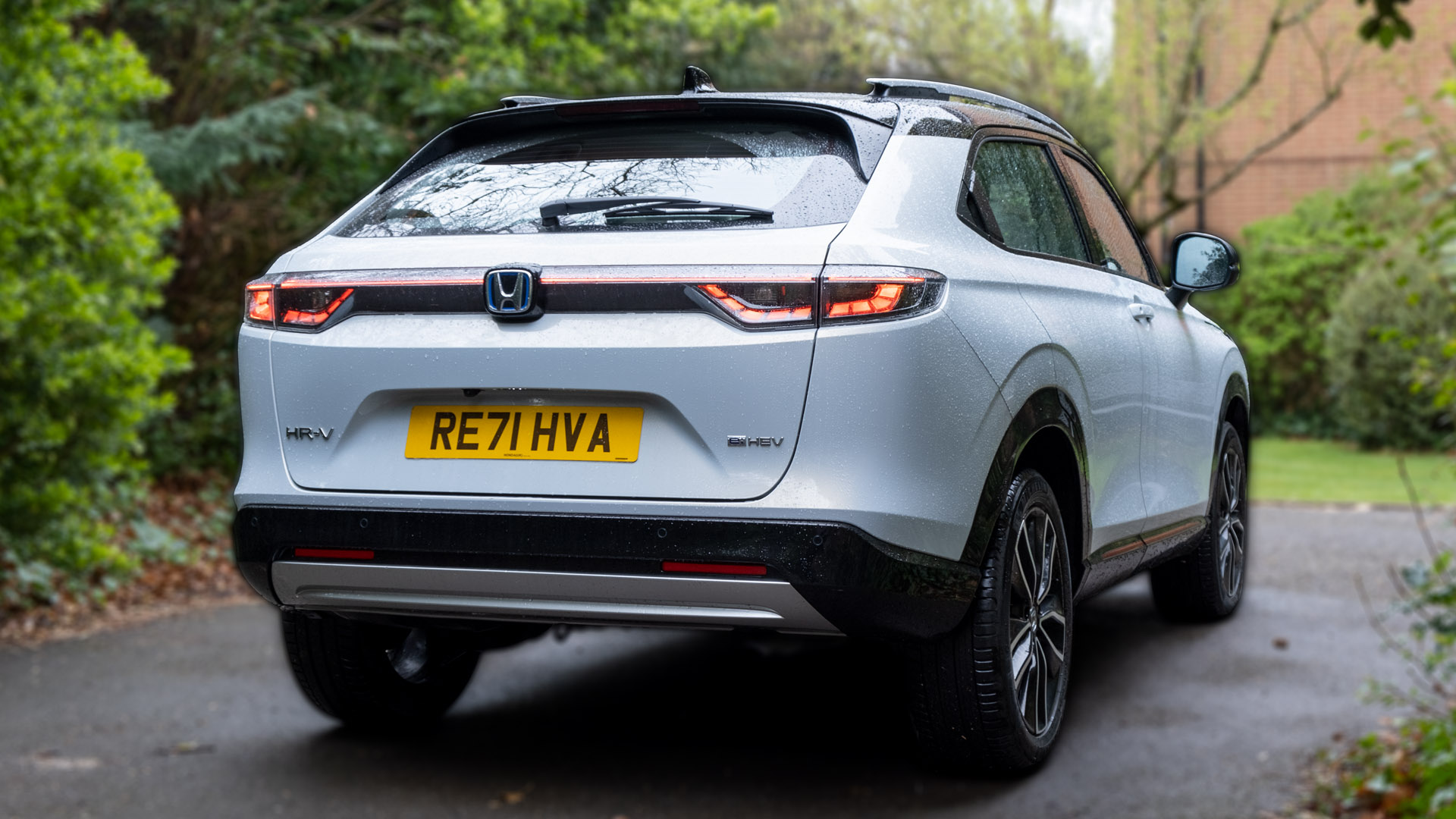
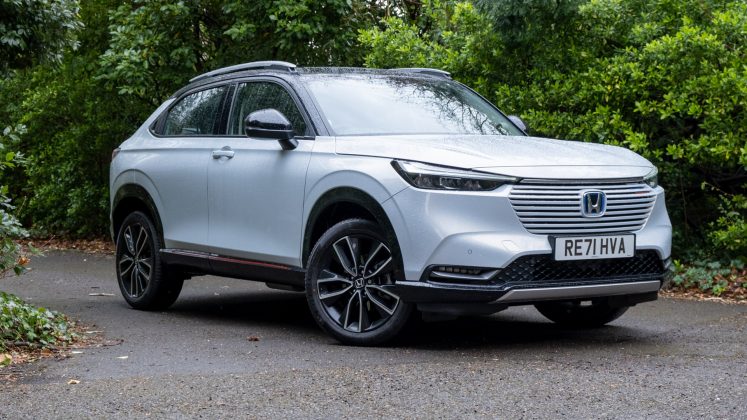
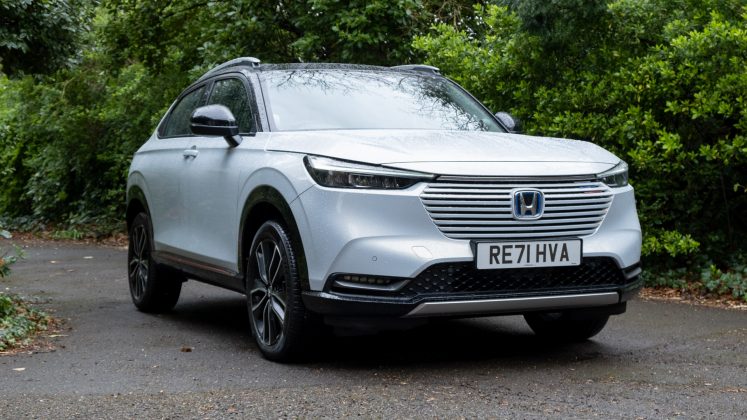
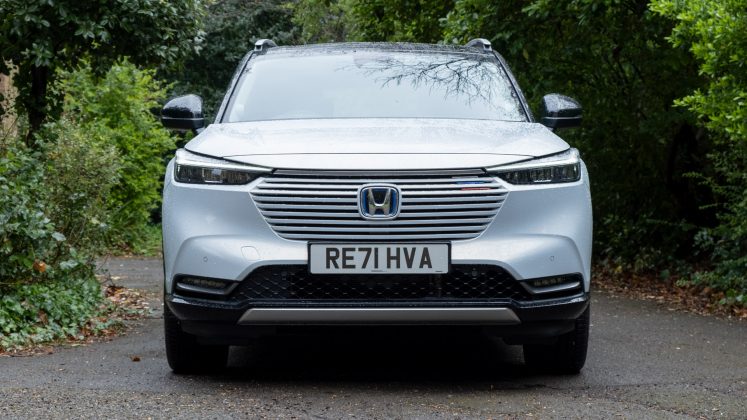
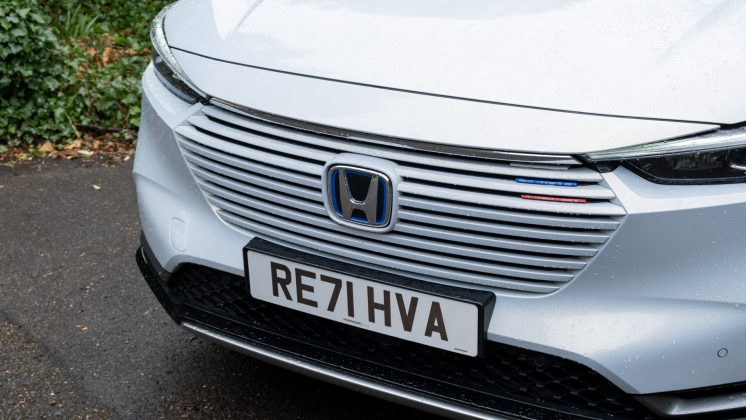
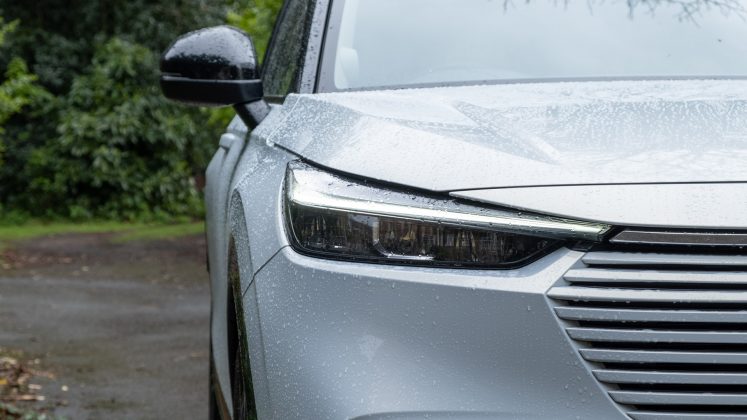
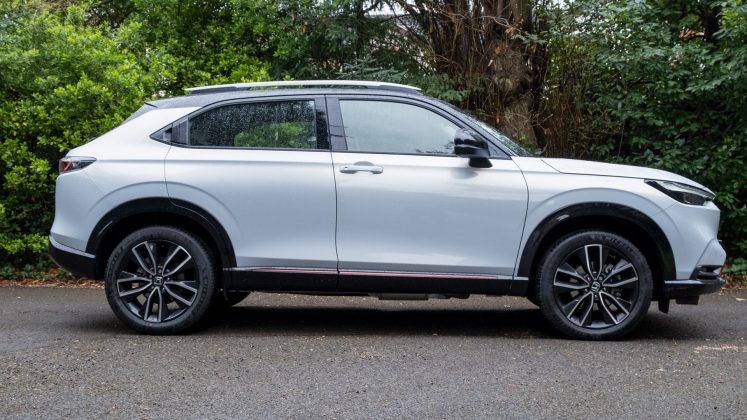
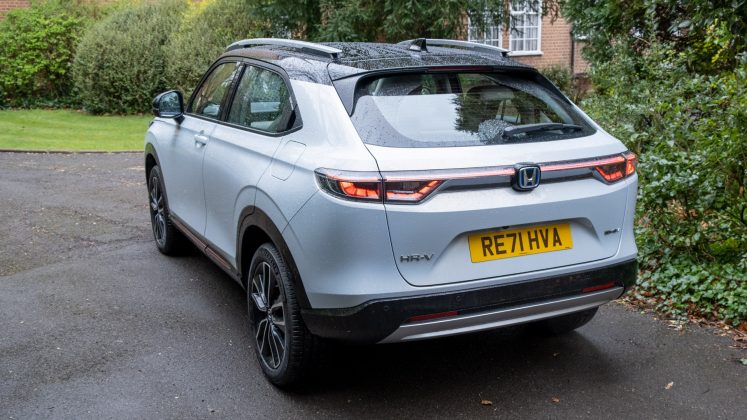
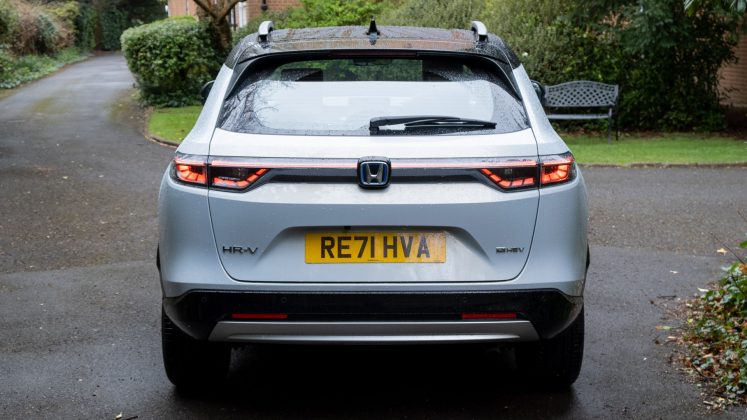
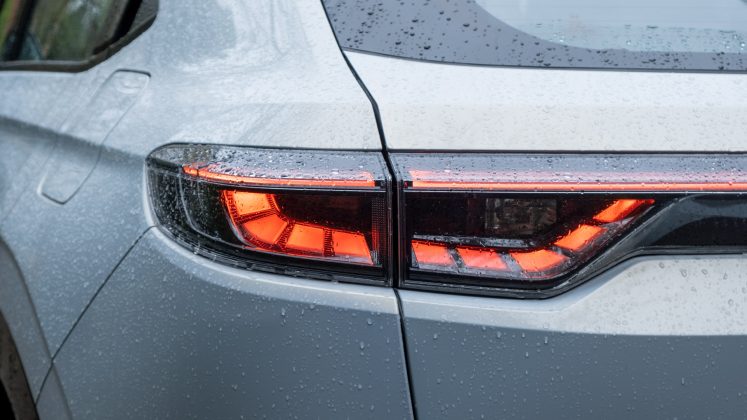
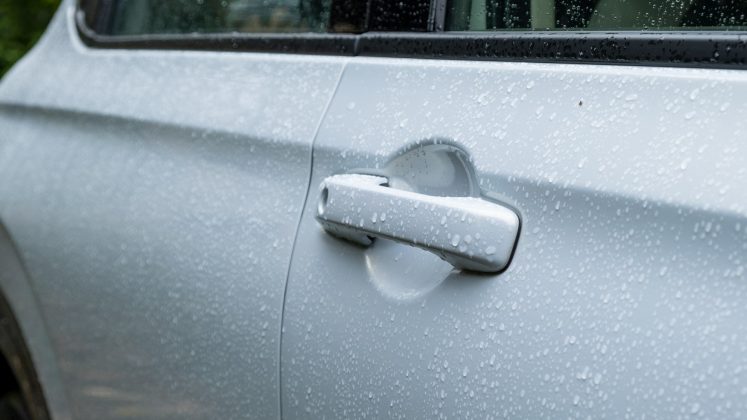
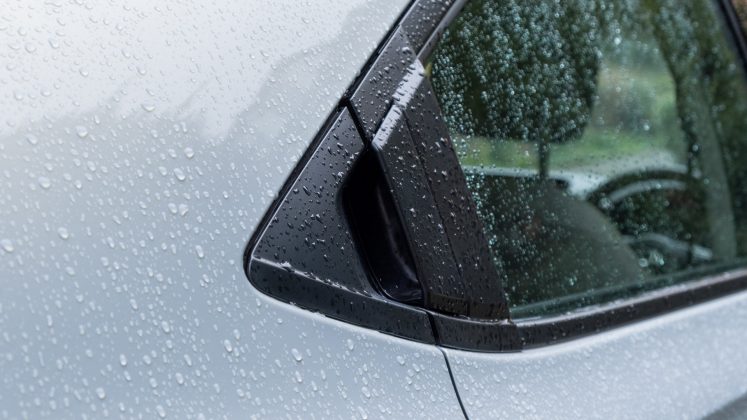

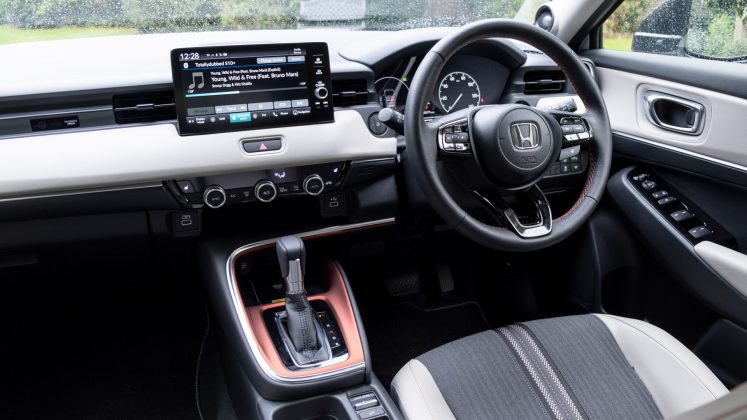
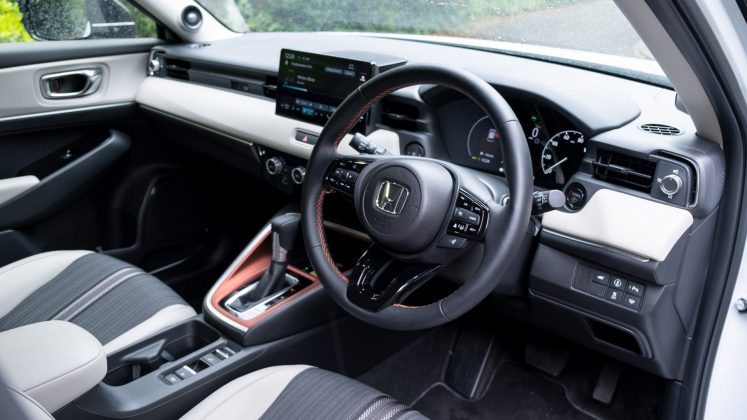
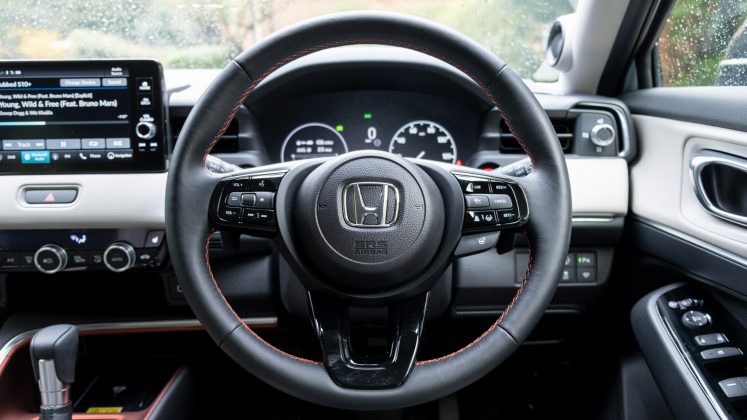
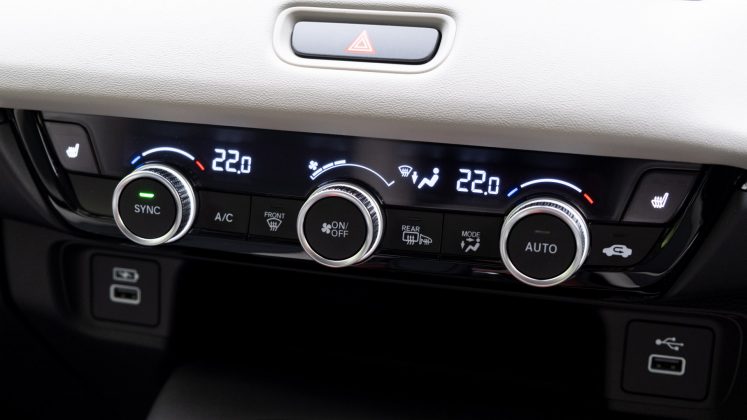
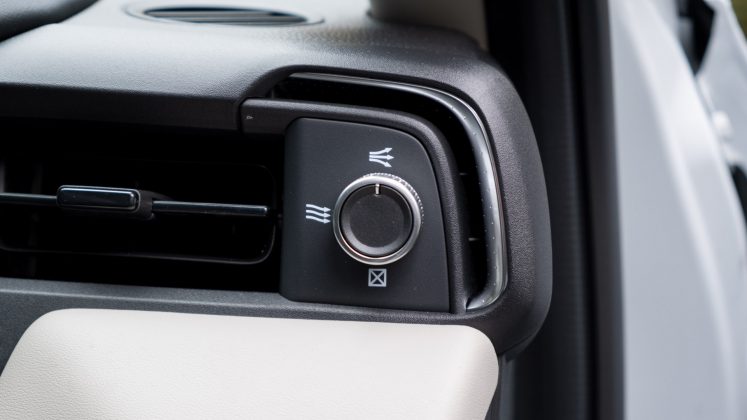
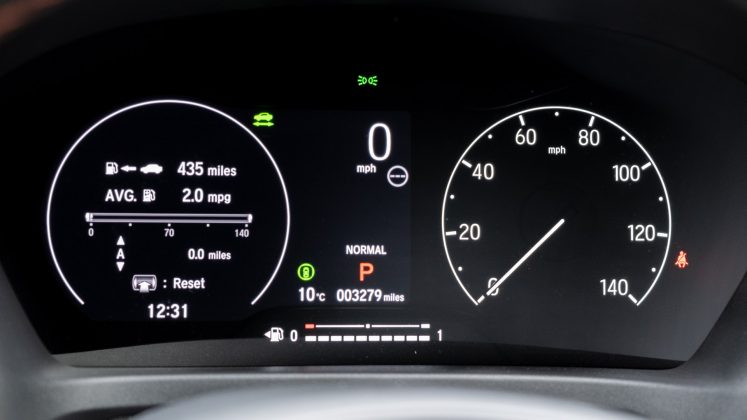
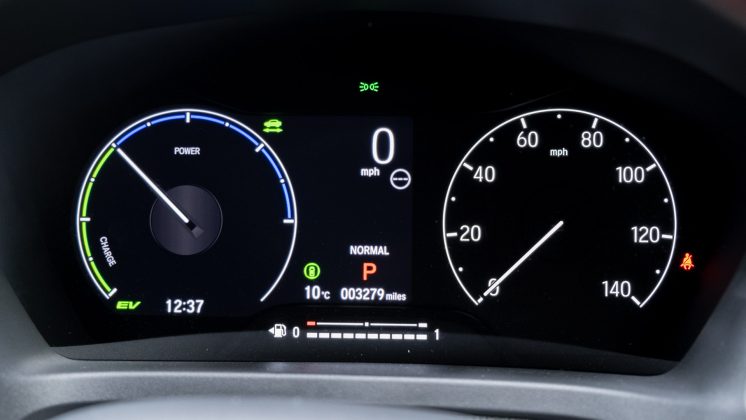
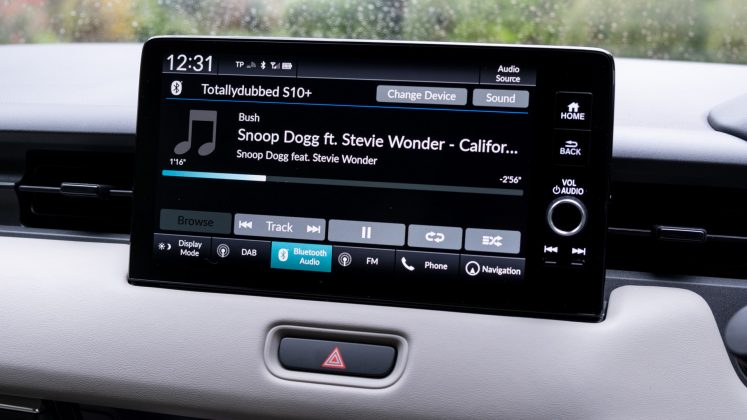
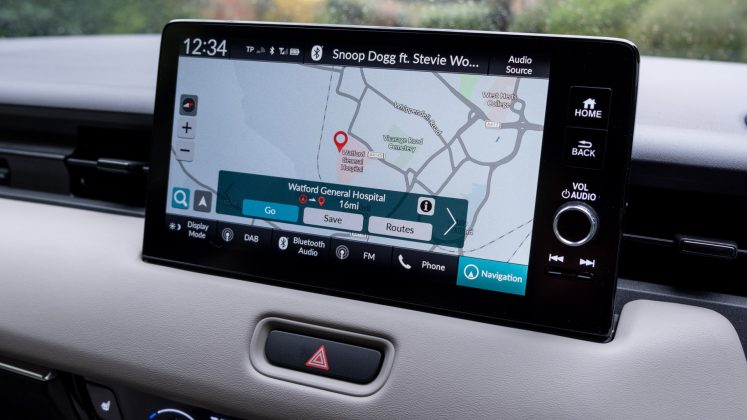
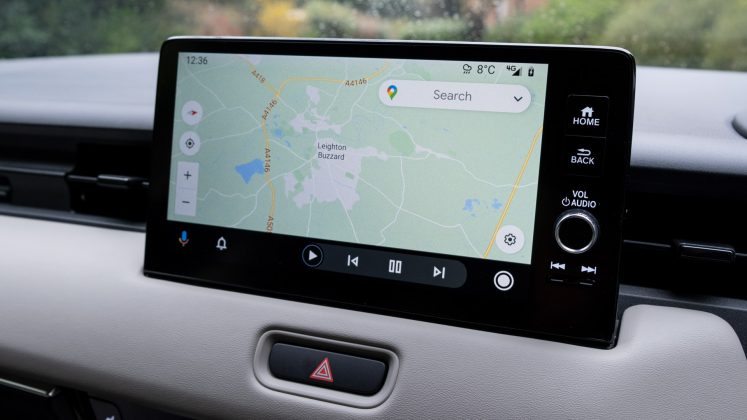
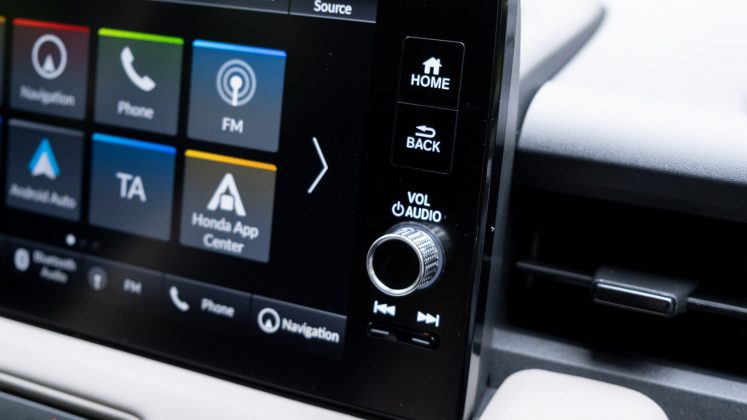
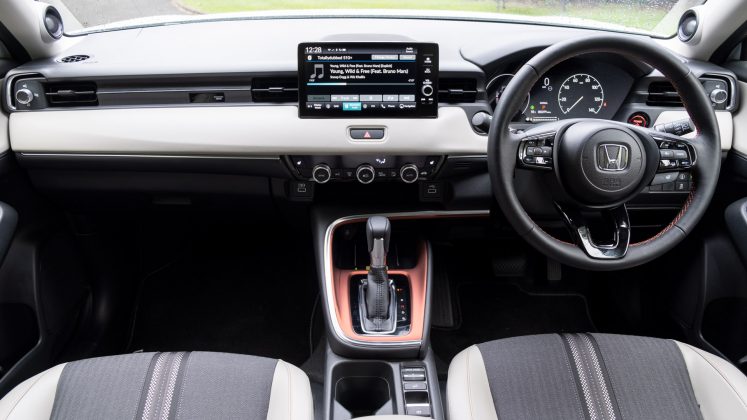
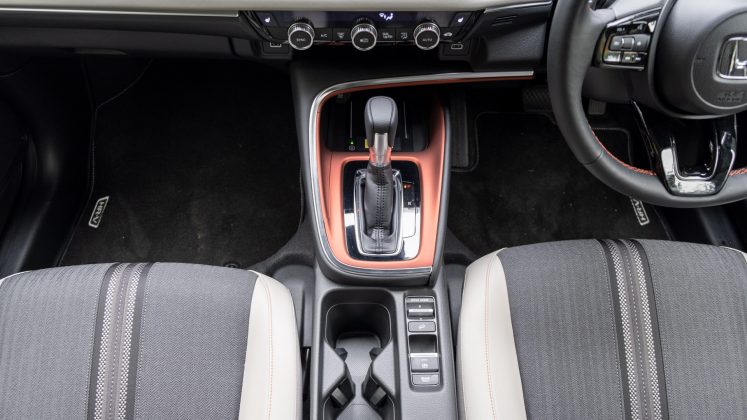
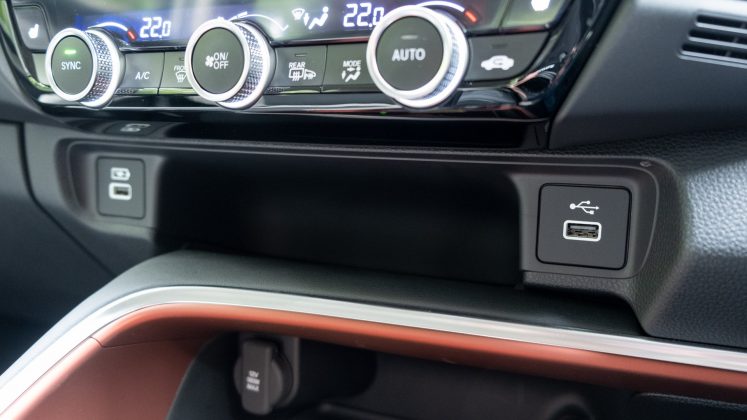
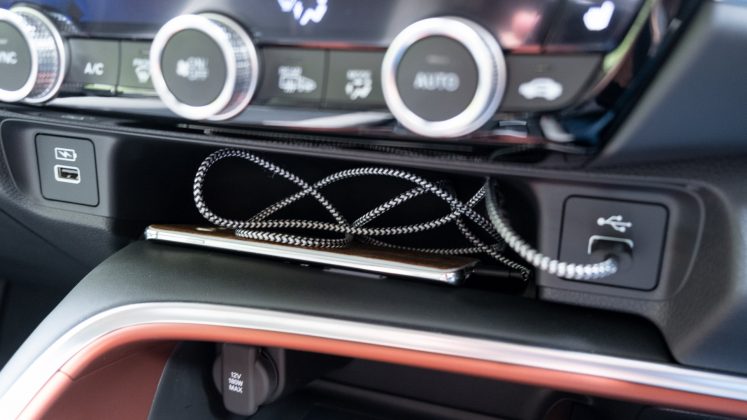
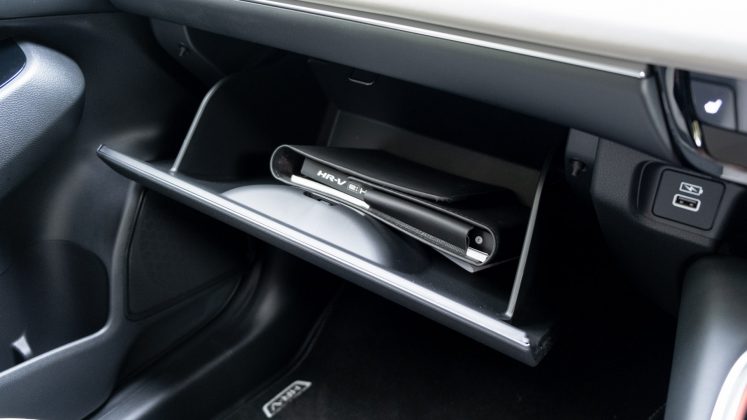
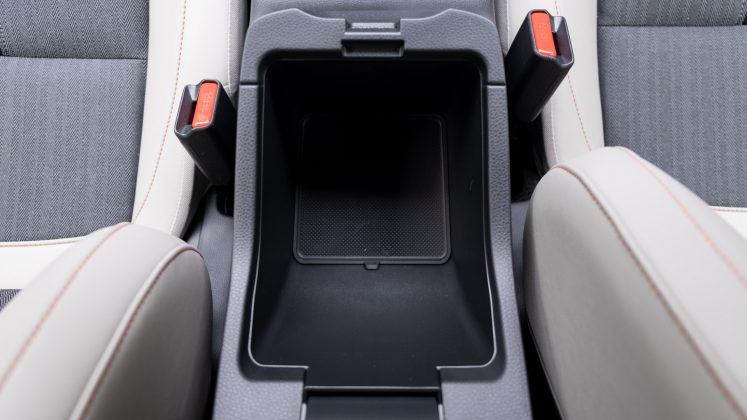
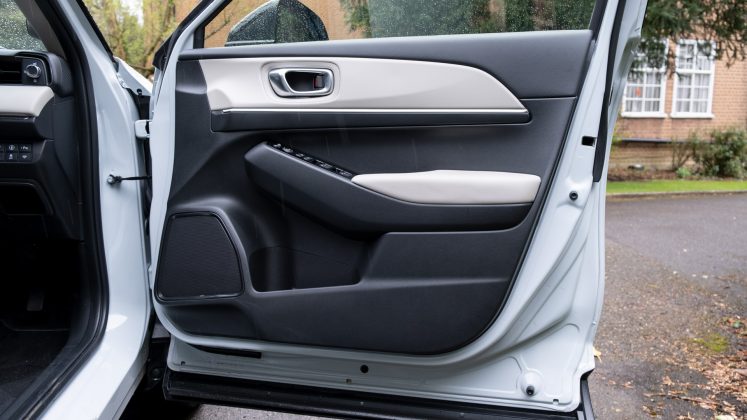
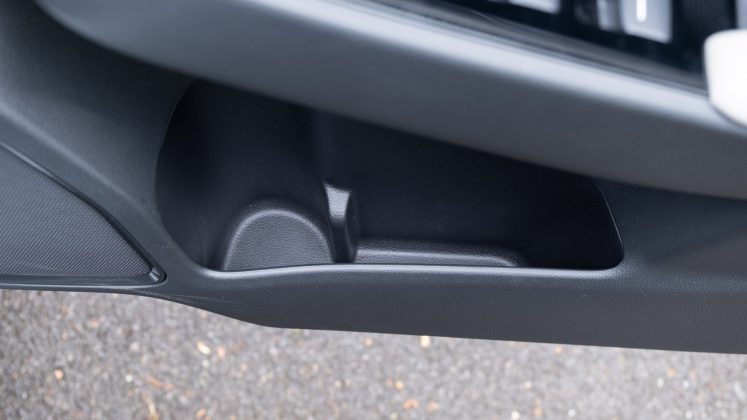
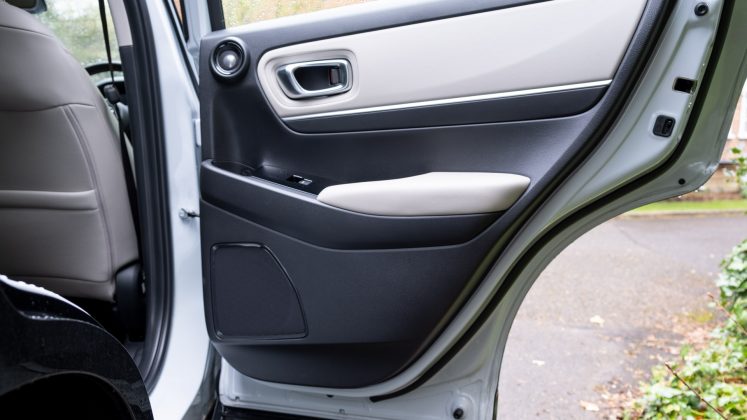
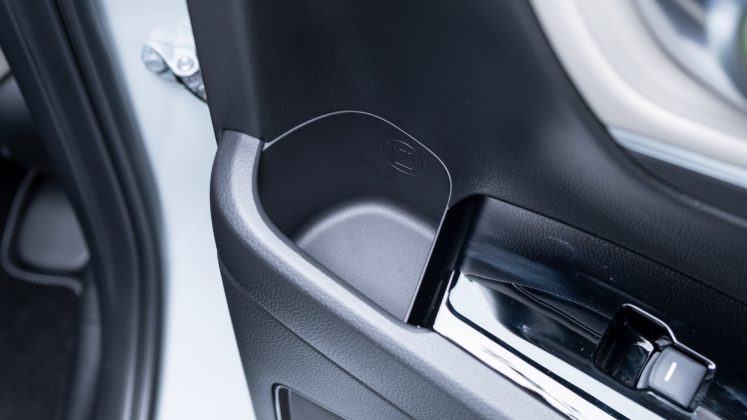
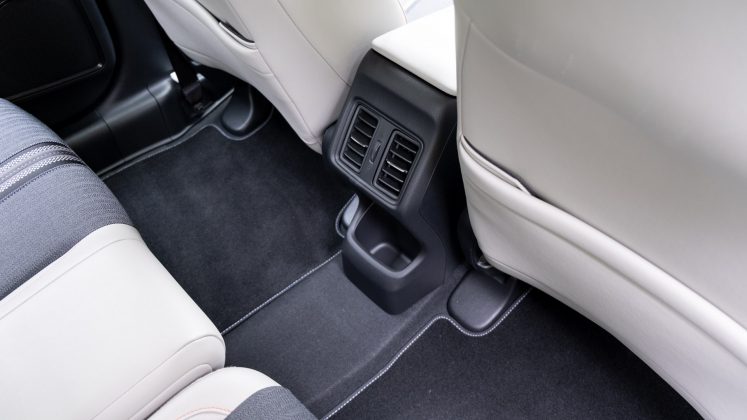
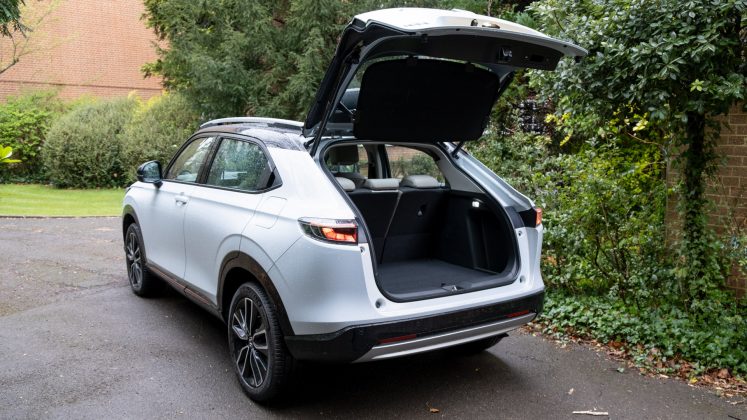
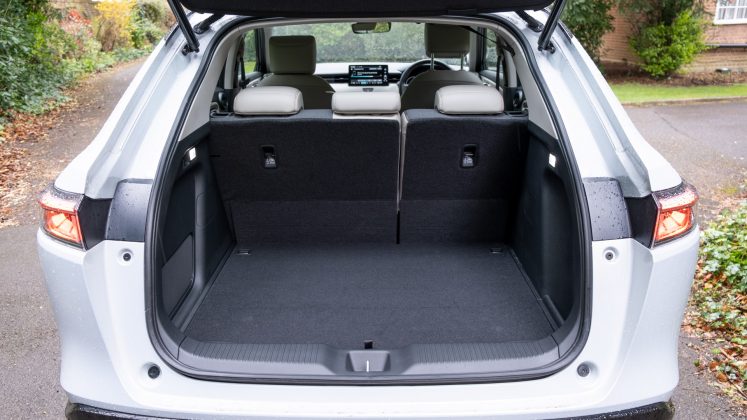
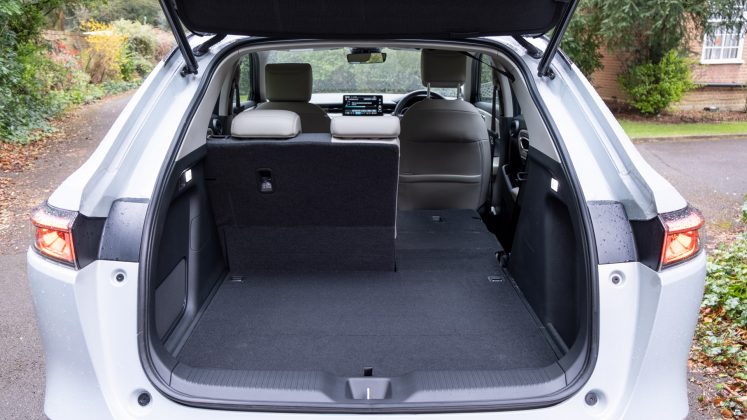
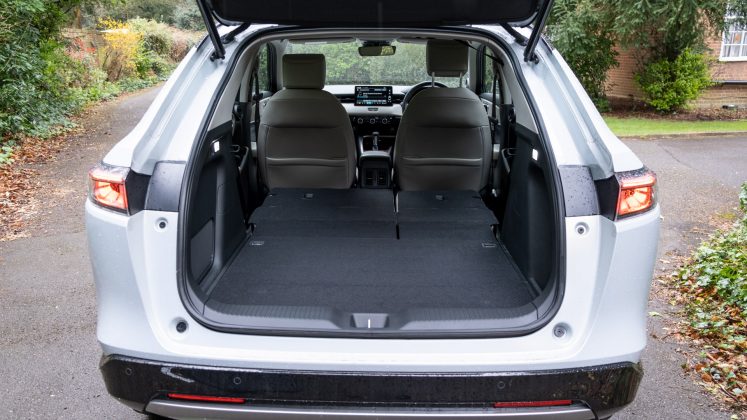
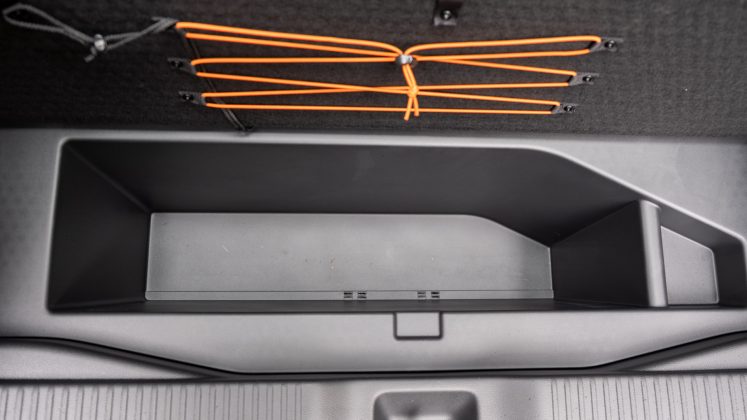
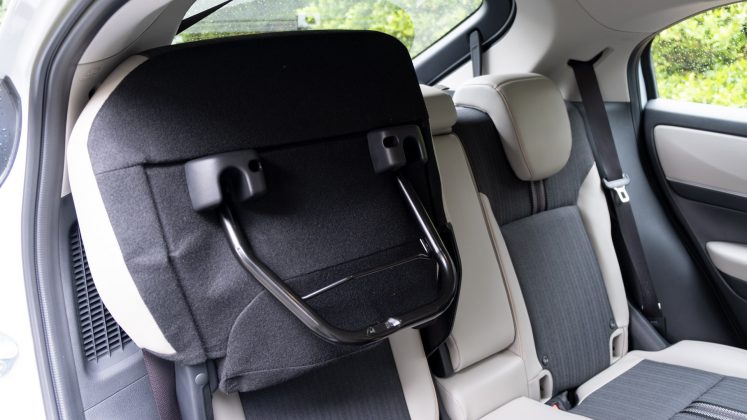
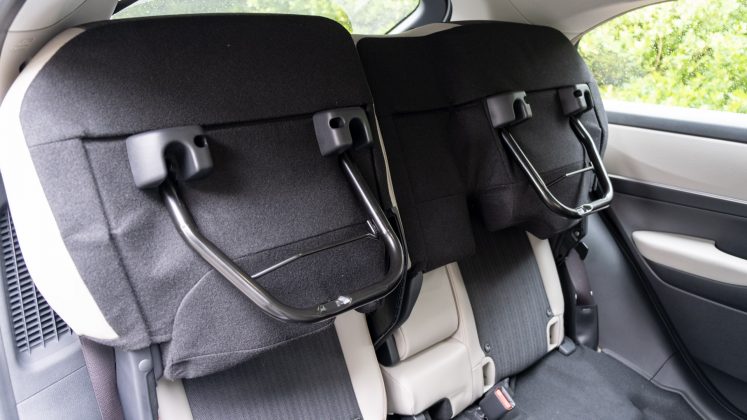
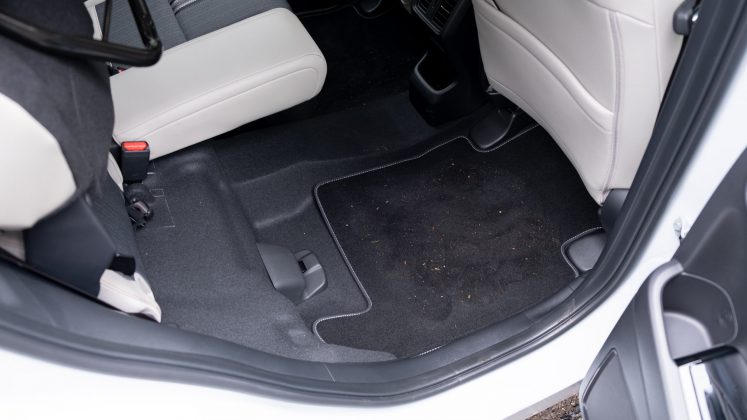
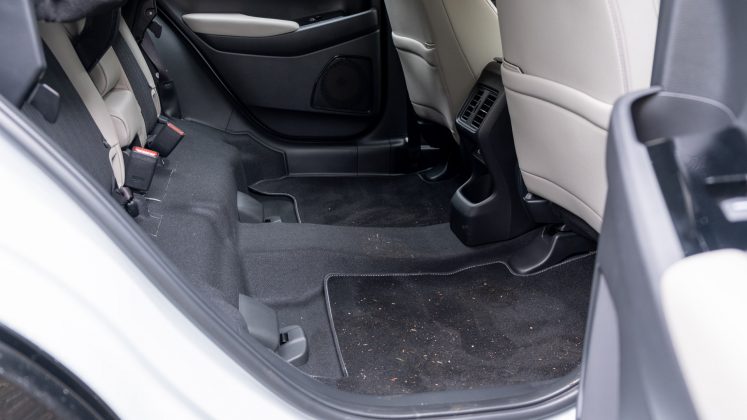
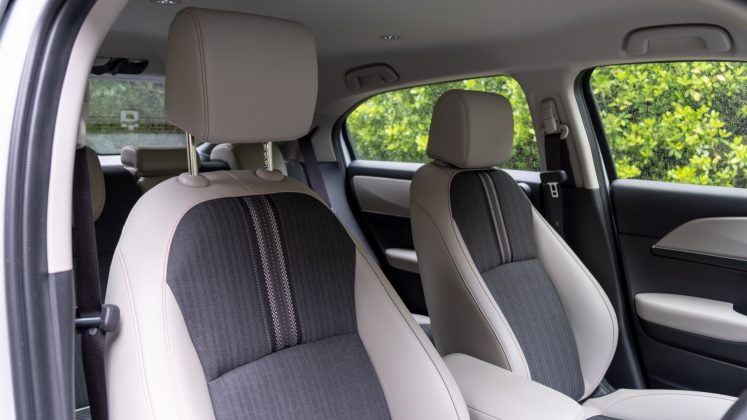
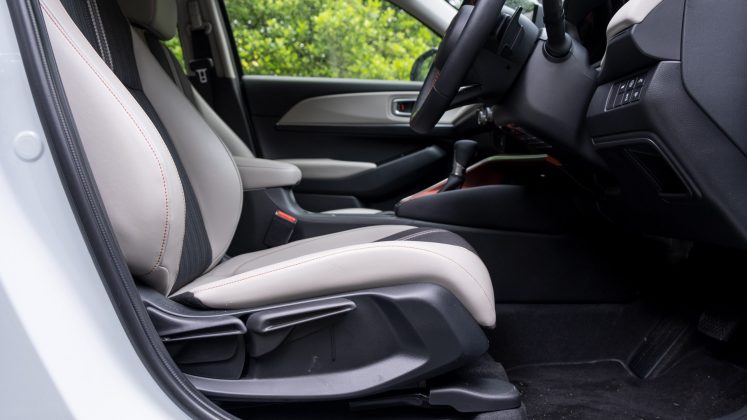
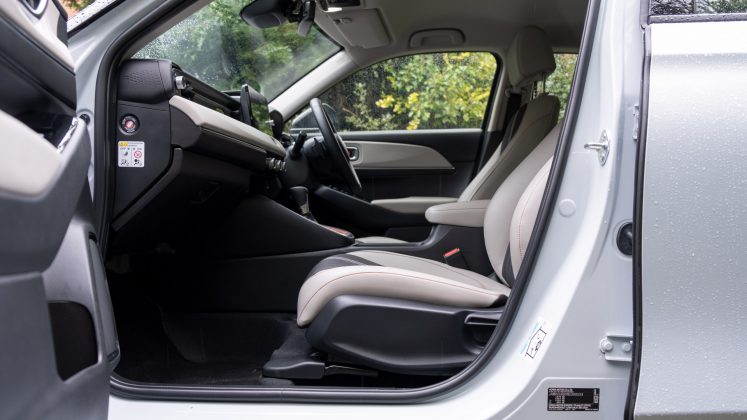
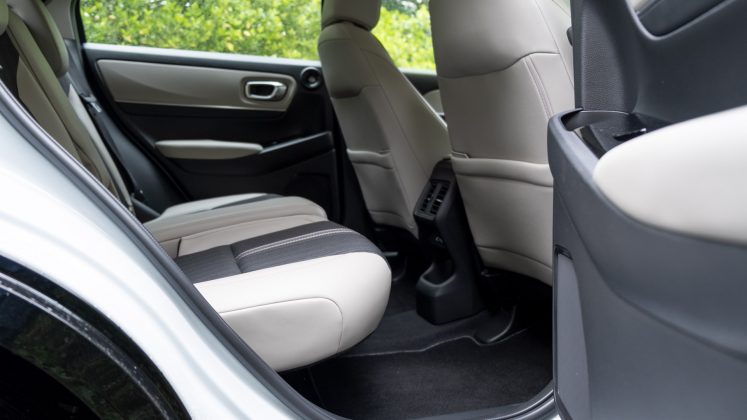
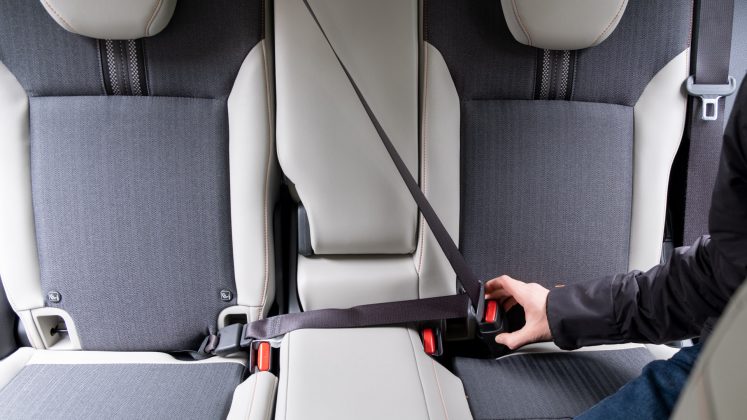
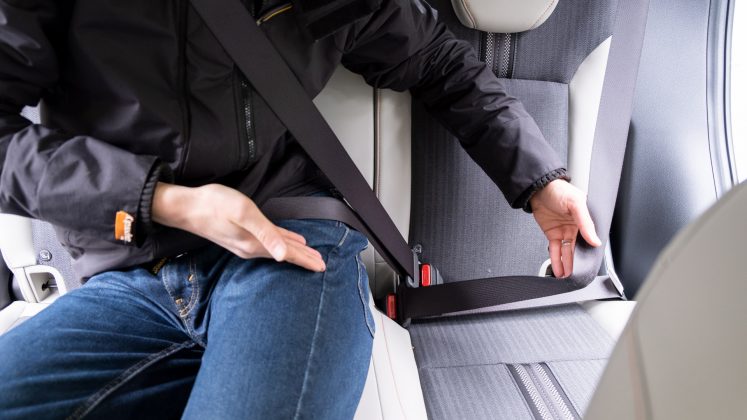
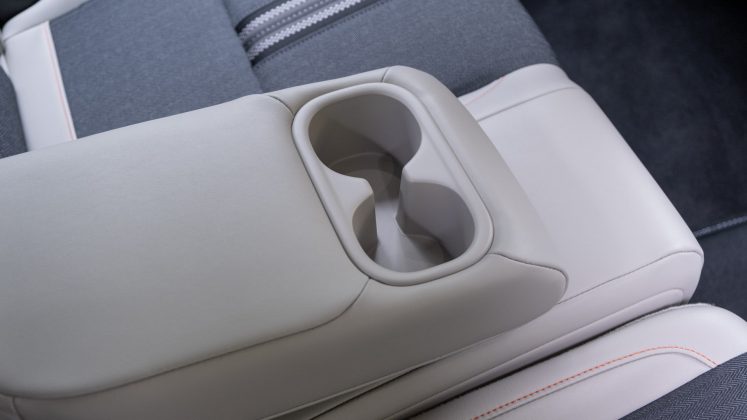
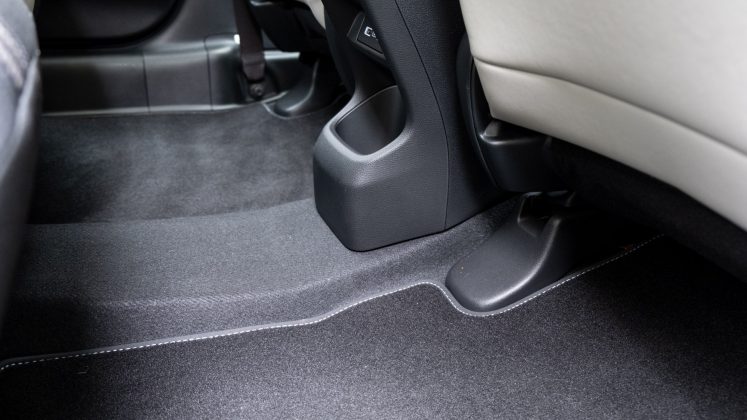
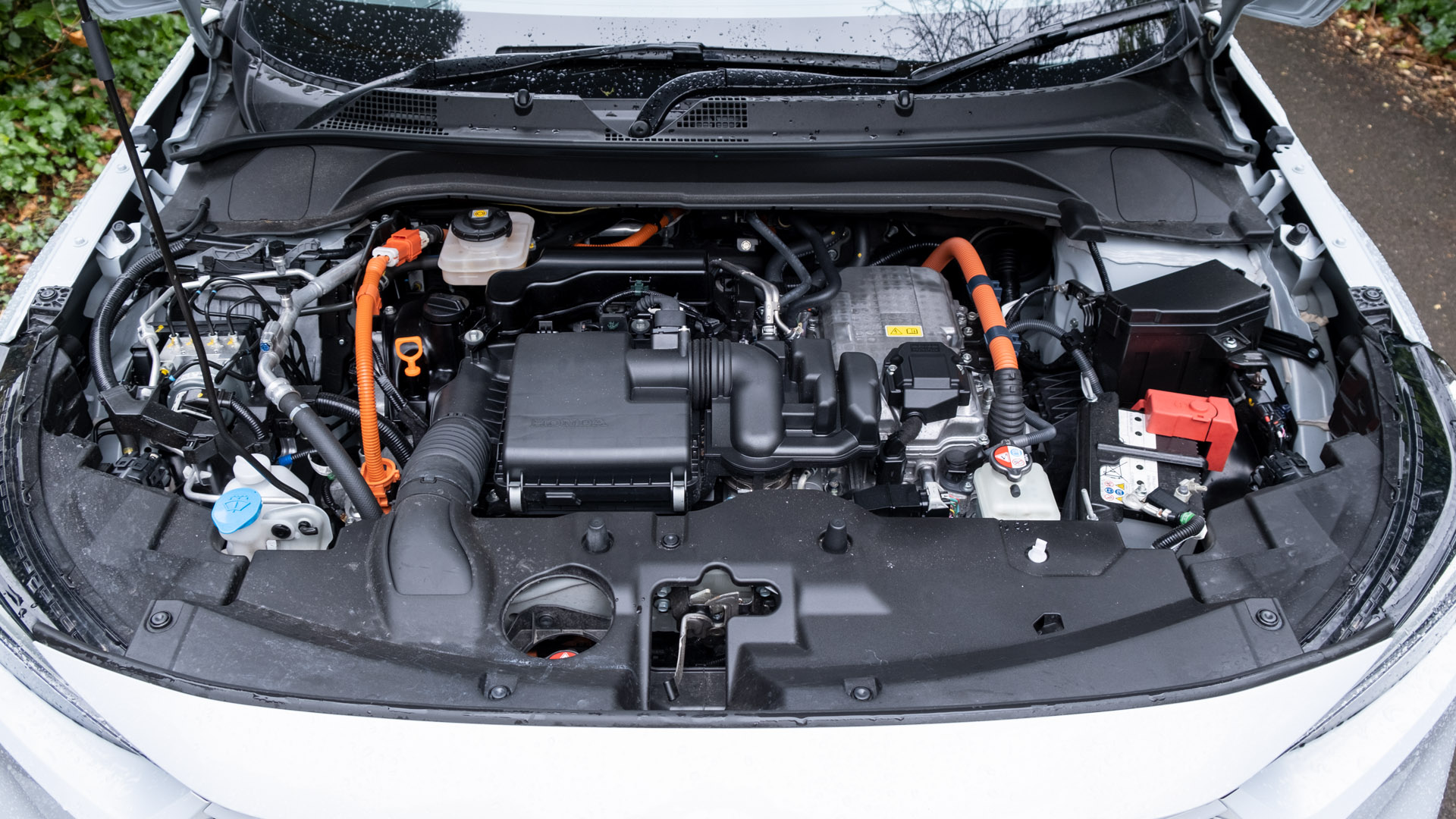
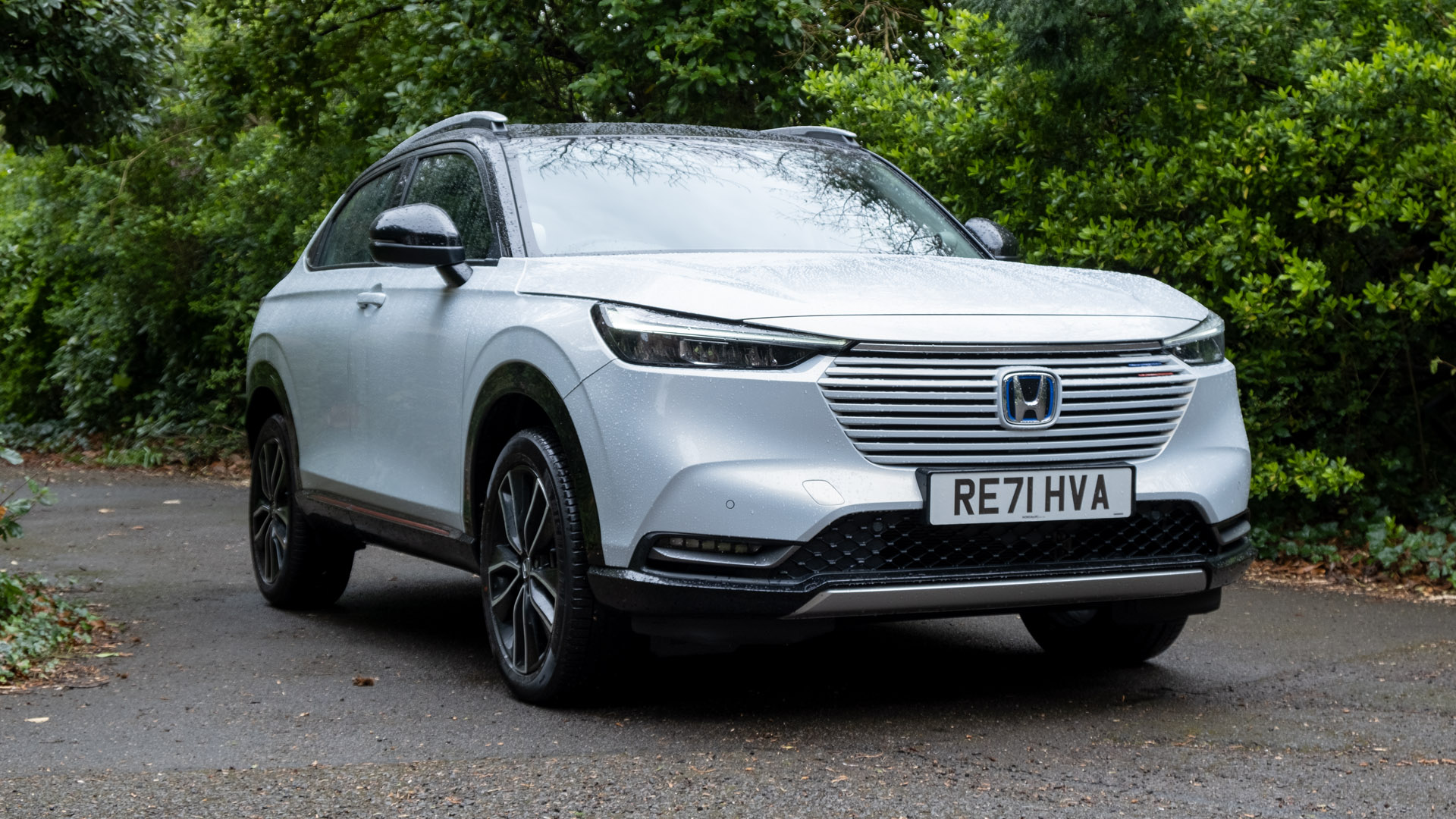
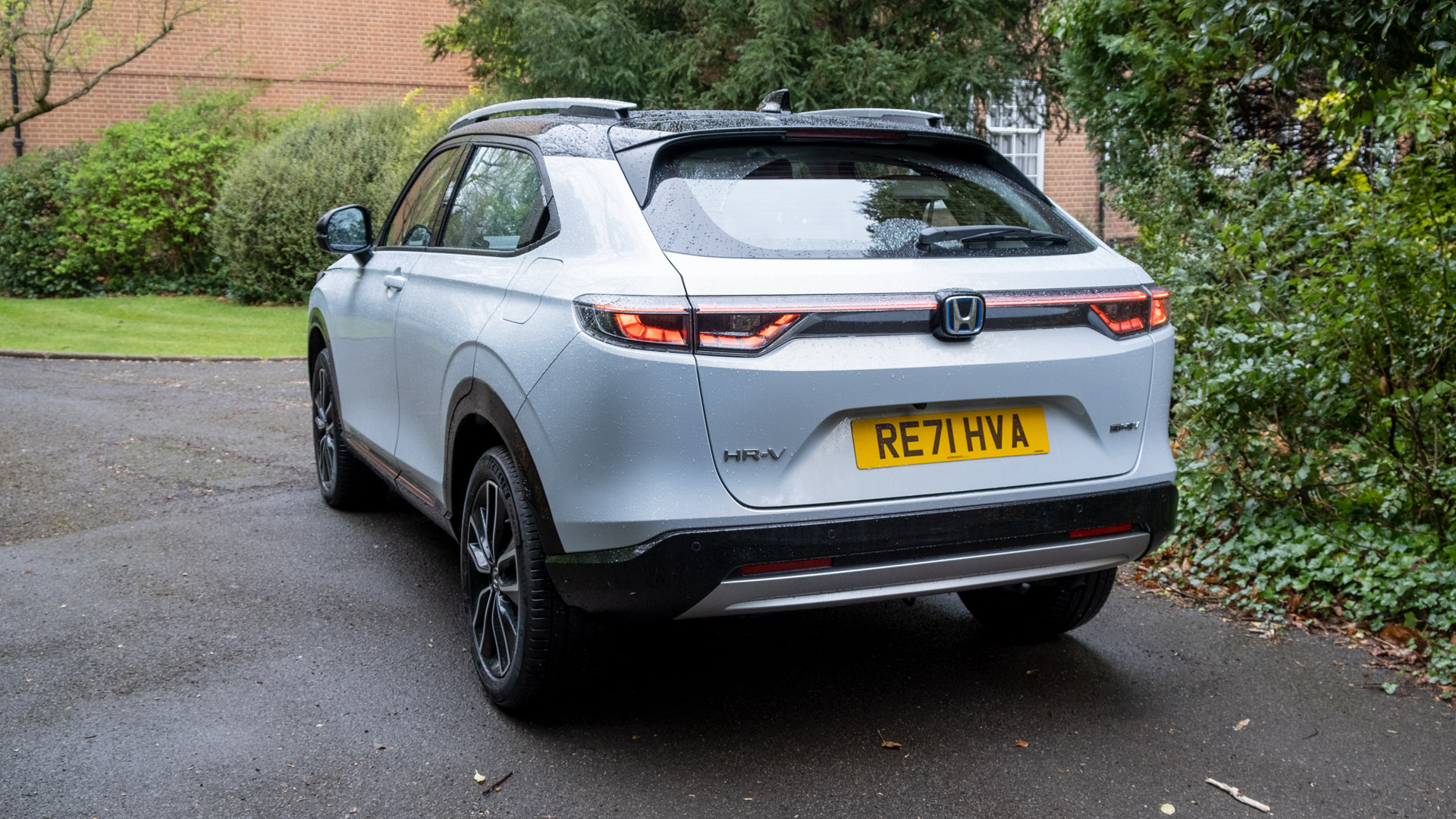
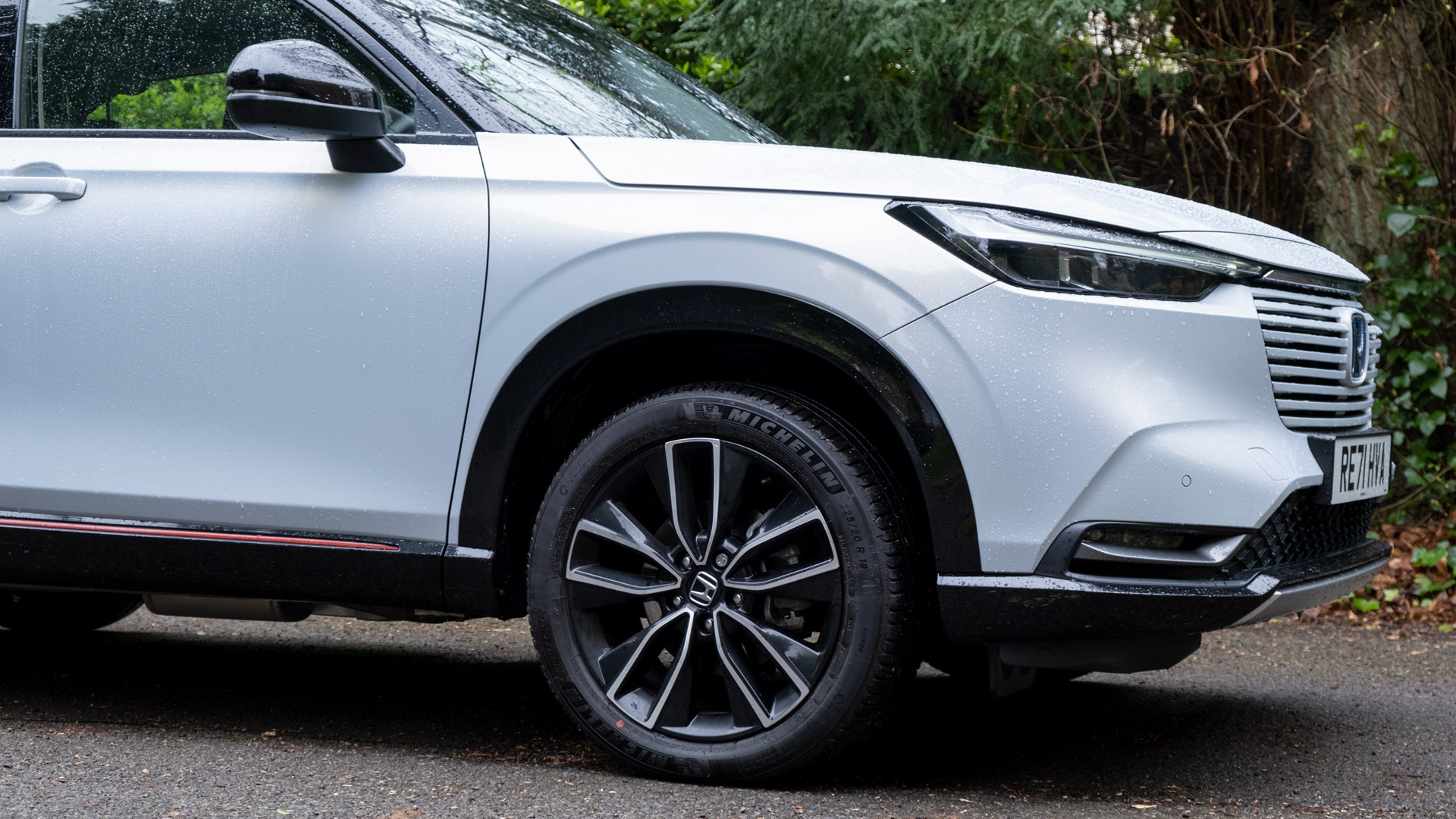
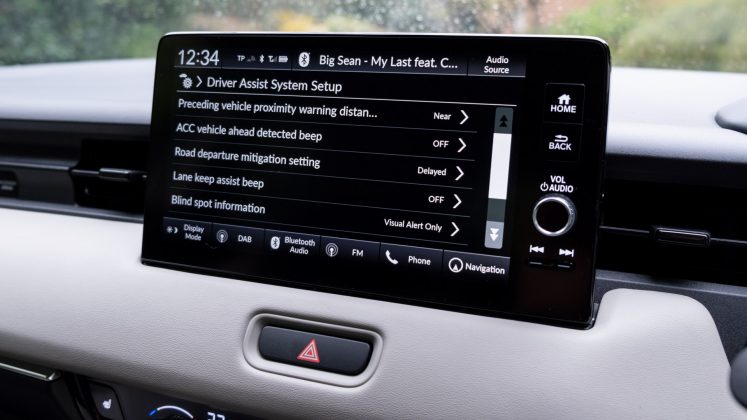
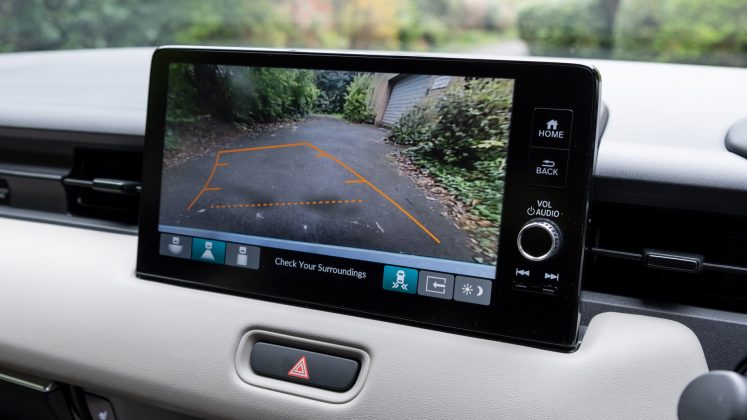
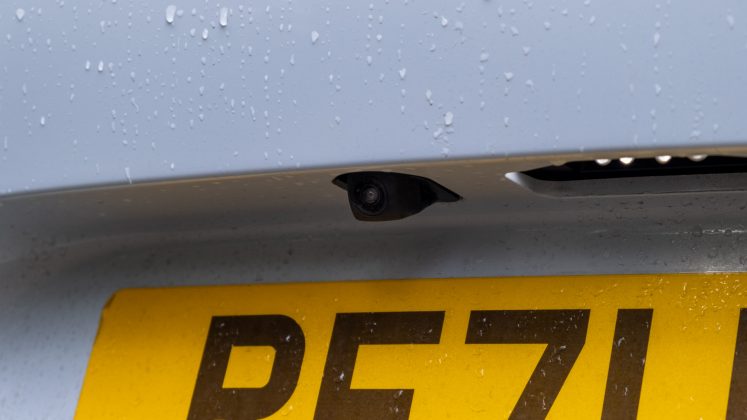
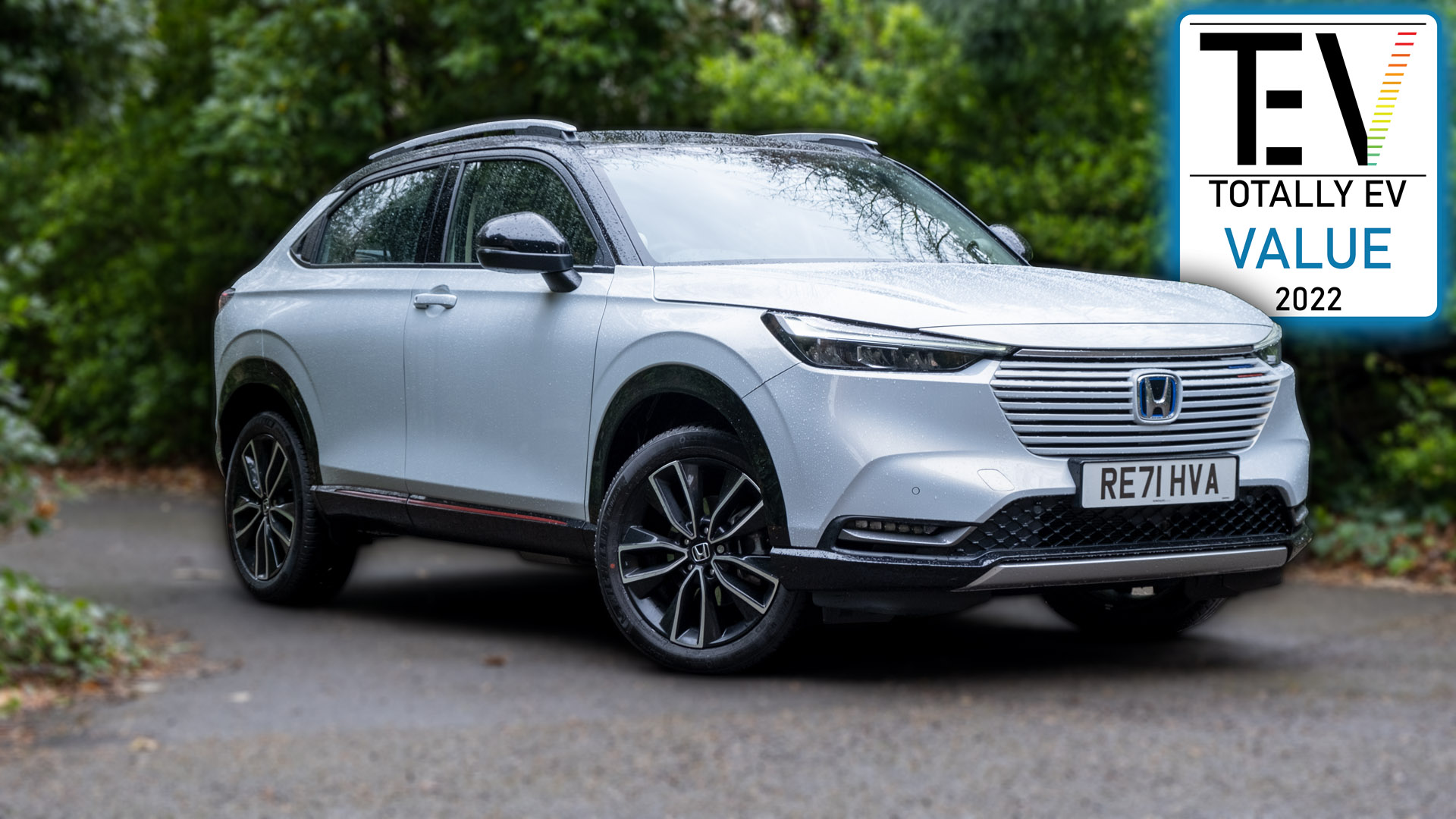




Not even 19.5 km per liter using the UK conversion to km per liter. I get 15-16 km per liter from my 2016 Honda Civic turbo which is not a hybrid.
I am a happy owner of the HR-V (not in UK but in continental Europe).
I am afraid this is incorrect: ” the regen levels reset each time you put your foot on the accelerator pedal. There’s no means of saving your last-used mode nor for the vehicle to permanently adapt its driving style, which in our opinion is a missed opportunity. ”
When the gear lever is in B position (one notch further back from D) – the regenerative braking is fixed at maximum level. This means, that one-pedal driving is possible – the car brakes gradually when the accellerator pedal is released. This also means, that playing with paddles is not necessary at all.
The above means, that it is possible to obtain much better MPG results because the regenerative breaking works immediately when accellerator is released. My daily drive (11 km one way, mix of city and highway, not exceeding 100 km/h) gives an average of 4.3-4.6 L/100km (63 MPG).
Thanks for the comment, however, you’re mistaken. The regen setting that are referenced here are in relation to the use of the flappy paddles. Of course, aside form the flappy paddles, B-mode is indeed an option. As per the review, just before the quote you took, it’s stated that it’s in relation with “in Normal and Eco modes”, thus not B-mode.